Can your dream be hacked by a device!!!
By MYBRANDBOOK
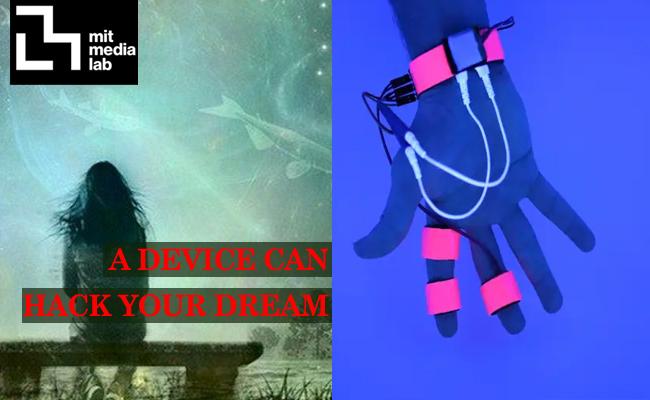
Dreams are the thoughts we see while asleep. It is said, dreams are what we feel or think of. “Dreaming is really just thinking at night,” says Adam Horowitz, a PhD student at MIT Media Lab’s Fluid Interfaces Group and a Dream Lab researcher.
“When you go inside, you come out different in the morning. But we have not been asking questions about the experience of that transformation of information or the thoughts that guide it.”
MIT’s Media Lab Fluid Interfaces Group, is developing novel and open source wearable devices that track and interact with dreams in various ways. The Dream Lab aims to create technology that can standardize and democratize these techniques — for scientists and for the general population. With their open source hardware and software, anyone can build their own Dormio or BioEssence, whether it’s a research team looking to study hypnagogia or an individual wanting to hack the inspiration residing in their own dreams.
Judith Amores, another Dream Lab researcher and PhD candidate at the MIT Media Lab, is working on changing the content of dreams by accessing an even deeper level of the subconscious through smell. Her project, BioEssence, is a wearable scent diffuser that monitors heart rate and brain waves to track the stages of sleep. When users reach the N3 stage, which is associated with memory consolidation, the device releases a preset scent that the user associates with a memory or learned behavior. By smelling that scent during sleep, the subconscious mind strengthens the memory. And unlike an auditory or touch-based trigger, smell is less likely to wake you up.
Amores and Horowitz are working on getting their devices into the hands of as many scientists as possible to increase the prevalence and ease of dream research. Harvard professor and dream researcher Deirdre Barrett, PhD, is designing a study using Dormio to see if the hypnagogic state can help professional artists access a deeper level of creativity. But beyond that particular study, Barrett is excited by the prospect of inexpensive, seamless, and accessible tools for dream research in general.
“What’s exciting about this group is that they’re making devices that are so cheap and so easy to use at home and not very distracting from normal sleep that they enable research to be done in larger numbers and on a shoestring budget,” Barrett says. “And without having to bring people into a lab, we can get better data on what naturalistically happens with dreams.”
This is also what Horowitz wants to see. Rather than creating technology that can control dreams, he and the Dream Lab researchers want technology to have open access to the dream — and everything that may follow.
“Whether you’re talking about memory augmentation or creativity augmentation or improving mood the next day or improving test performance, there’s all these things you can do at night that are practically important.” Amores put it simply: “This is about bringing awareness to the capabilities that we already have.”


Nazara and ONDC set to transform in-game monetization with ‘
Nazara Technologies has teamed up with the Open Network for Digital Comme...

Jio Platforms and NICSI to offer cloud services to government
In a collaborative initiative, the National Informatics Centre Services In...

BSNL awards ₹5,000 Cr Project to RVNL-Led Consortium
A syndicate led by Rail Vikas Nigam Limited (abbreviated as RVNL), along wi...

Pinterest tracks users without consent, alleges complaint
A recent complaint alleges that Pinterest, the popular image-sharing platf...

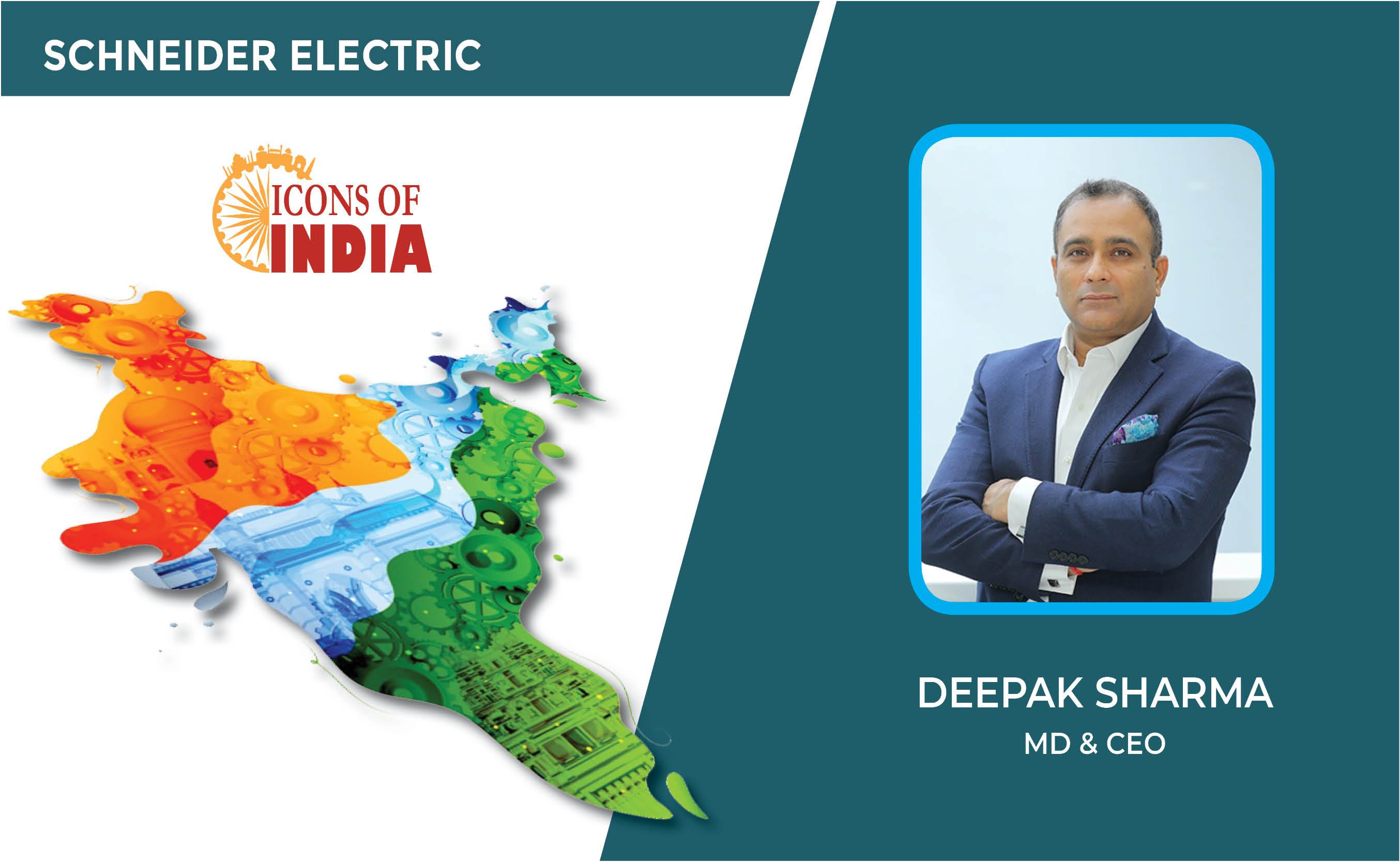
Icons Of India : Deepak Sharma
Deepak Sharma spearheads Schneider Electric India. He brings with him ...

Icons Of India : AALOK KUMAR
Aalok Kumar is celebrated as a global leader and recipient of the Peop...
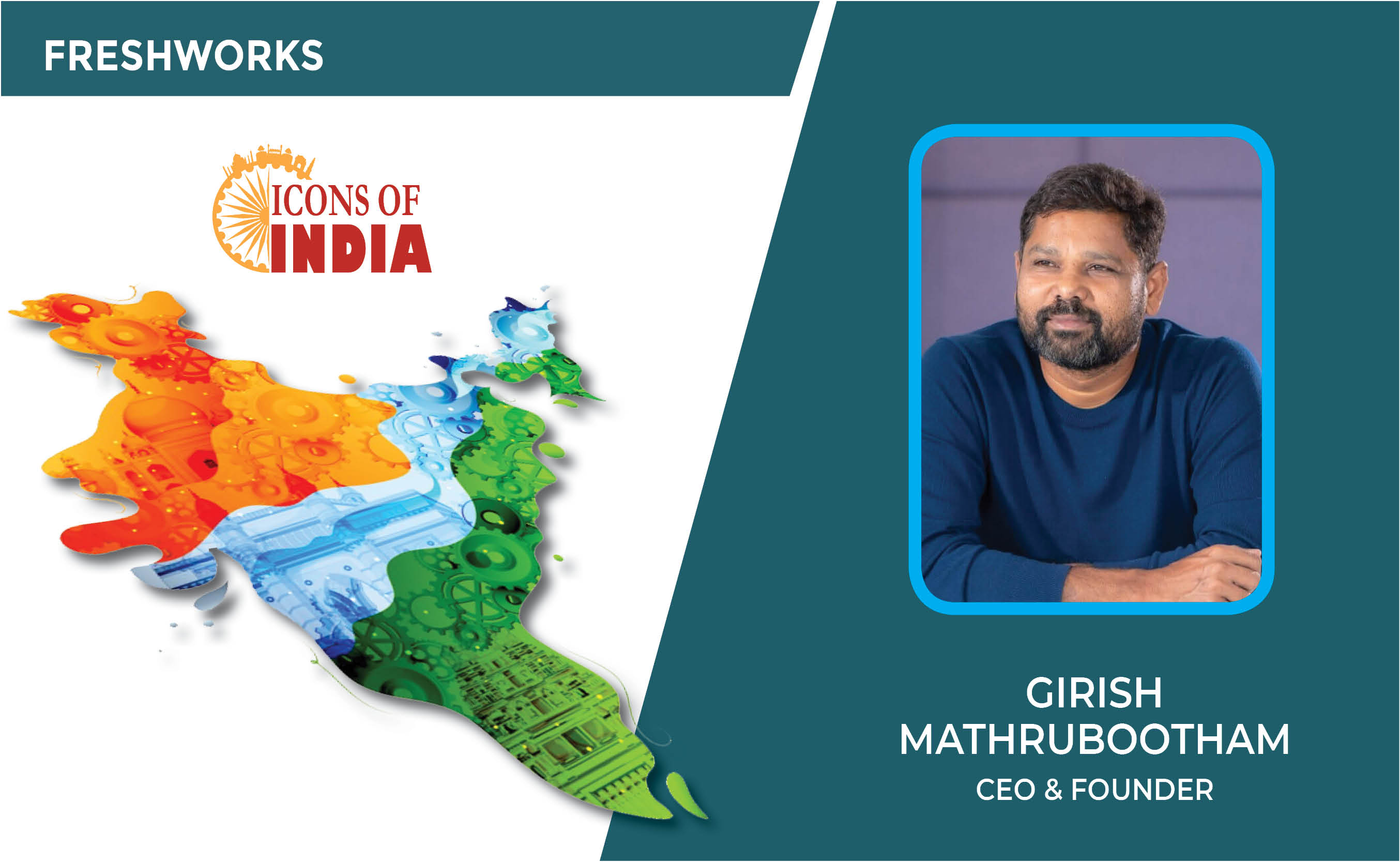
Icons Of India : Girish Mathrubootham
Girish Mathrubootham is the Founder of Freshworks (previously known ...

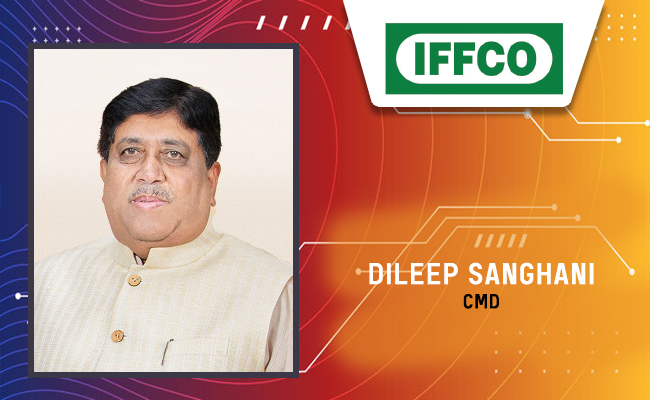
IFFCO - Indian Farmers Fertiliser Cooperative
IFFCO operates as a cooperative society owned and controlled by its fa...
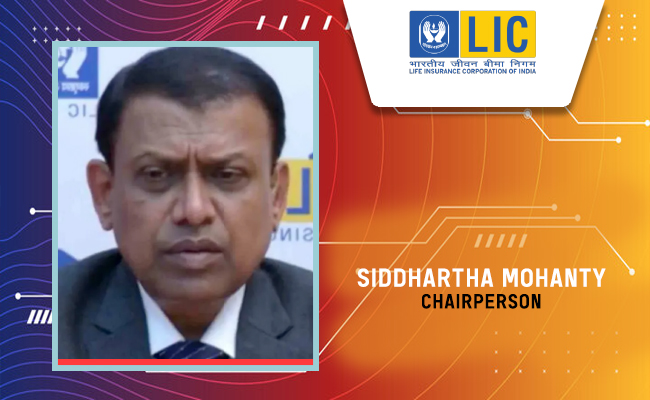
LIC - Life Insurance Corporation of India
LIC is the largest state-owned life insurance company in India...
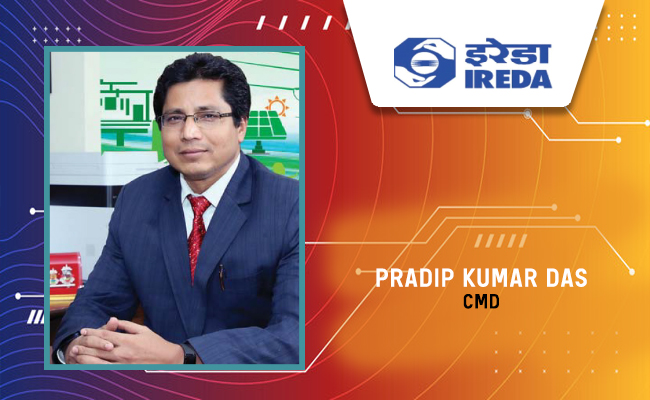
IREDA - Indian Renewable Energy Development Agency Limited
IREDA is a specialized financial institution in India that facilitates...


Indian Tech Talent Excelling The Tech World - Sundar Pichai, CEO- Alphabet Inc.
Sundar Pichai, the CEO of Google and its parent company Alphabet Inc.,...
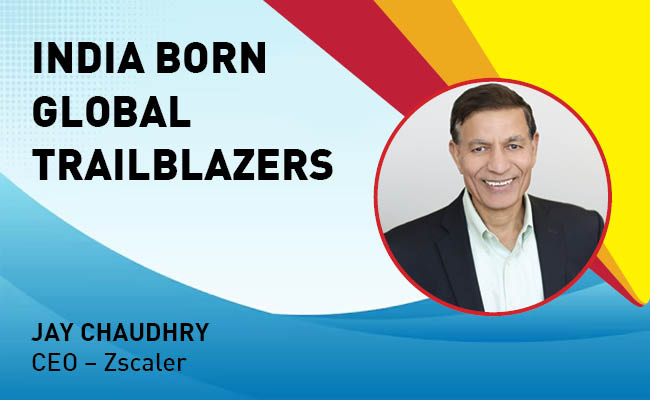
Indian Tech Talent Excelling The Tech World - JAY CHAUDHRY, CEO – Zscaler
Jay Chaudhry, an Indian-American technology entrepreneur, is the CEO a...
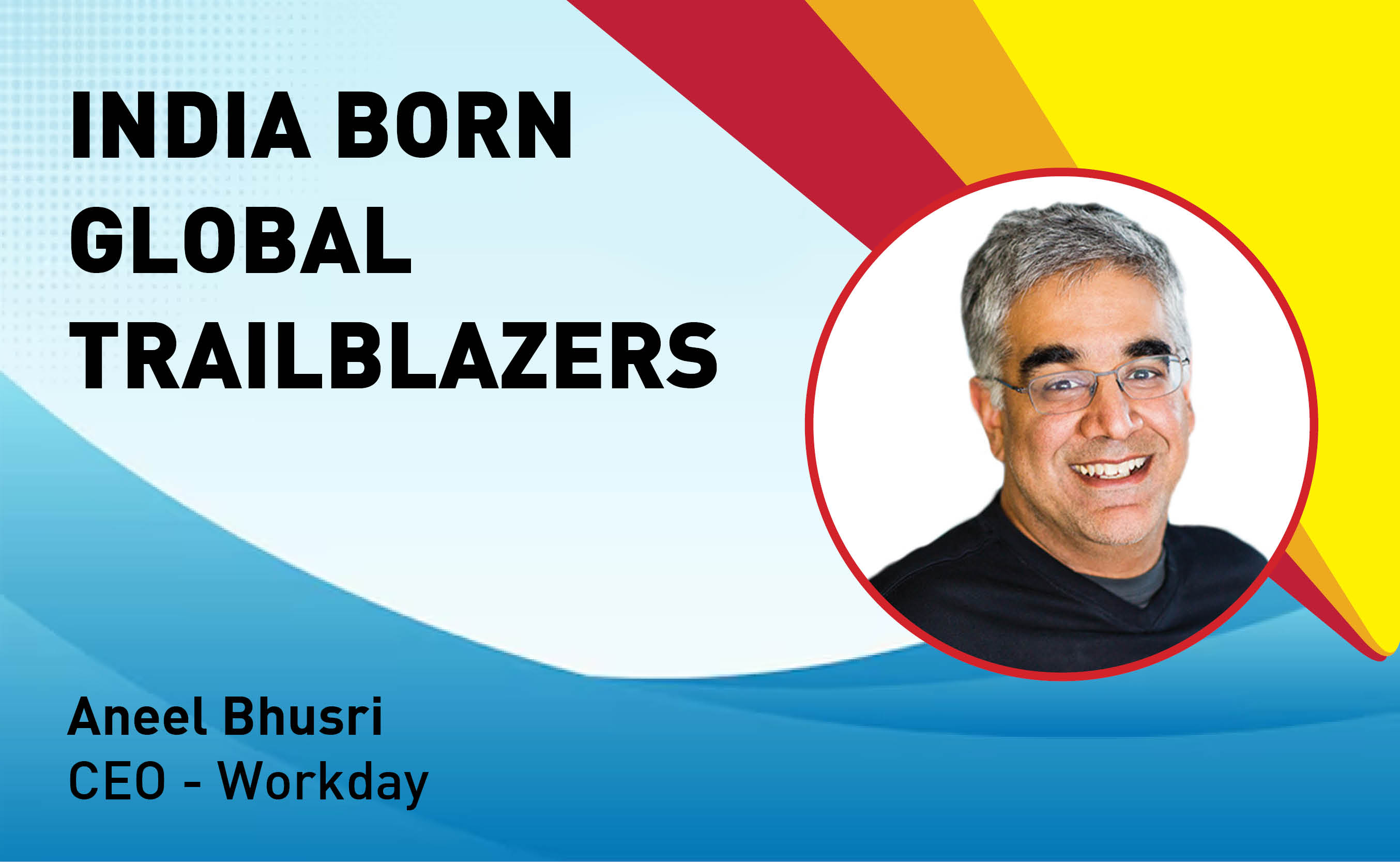
Indian Tech Talent Excelling The Tech World - Aneel Bhusri, CEO, Workday
Aneel Bhusri, Co-Founder and Executive Chair at Workday, has been a le...